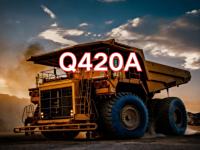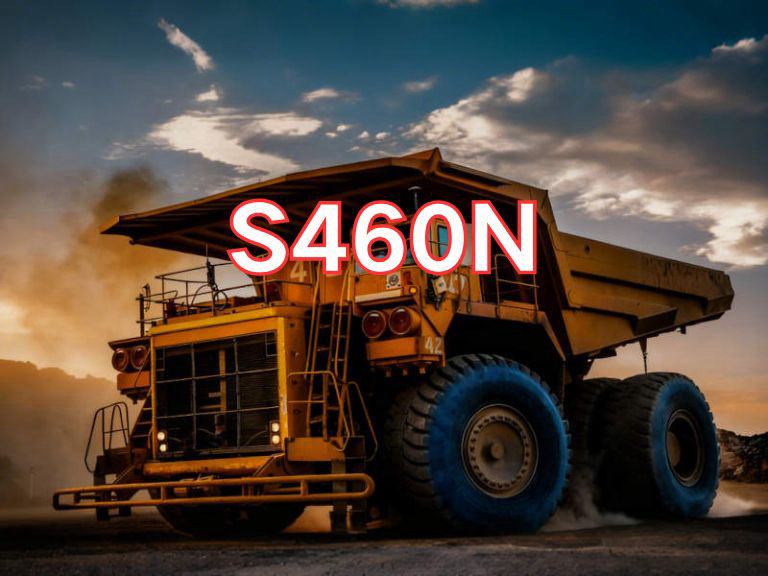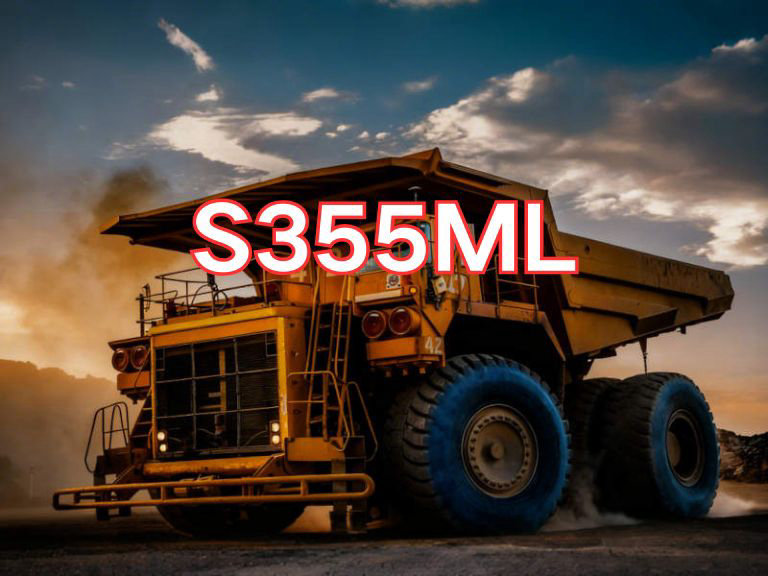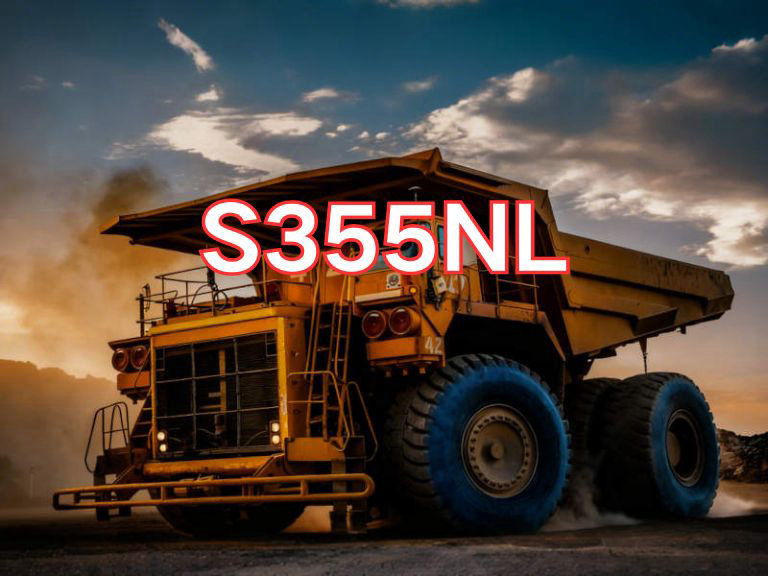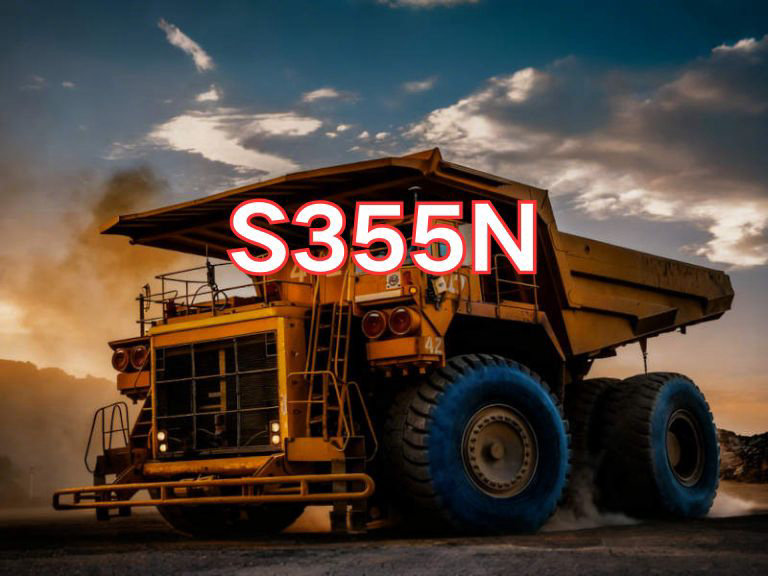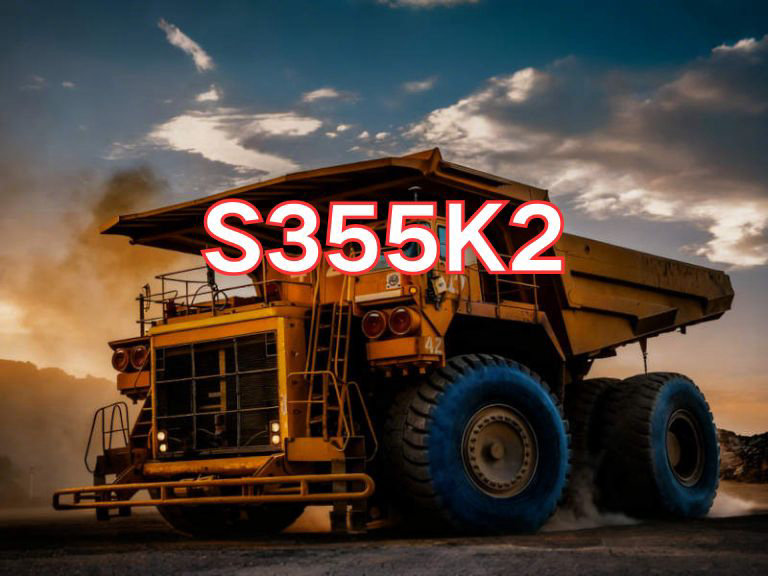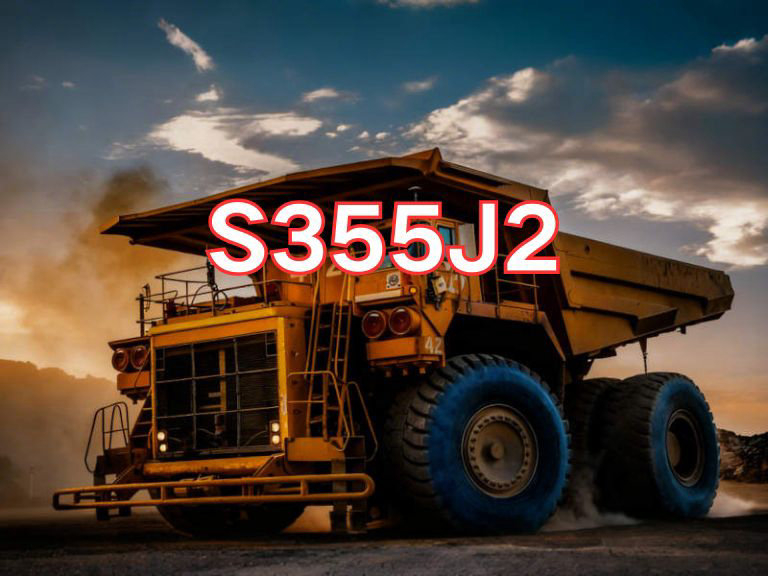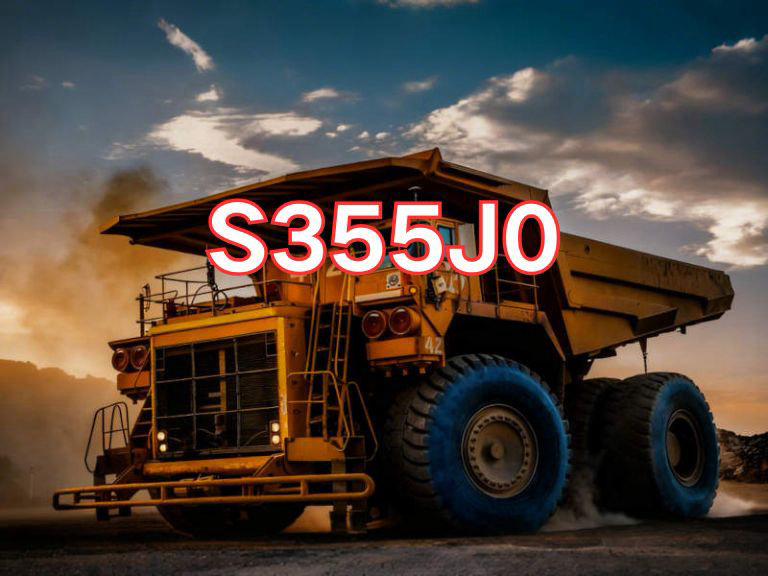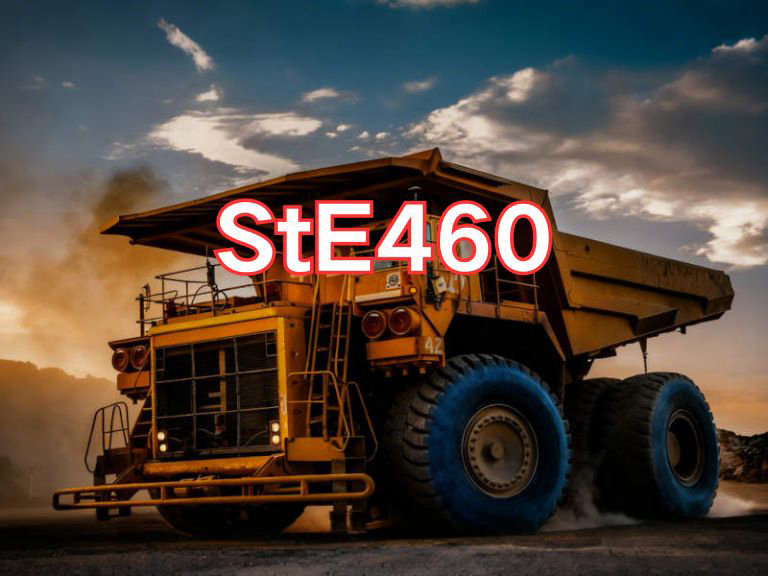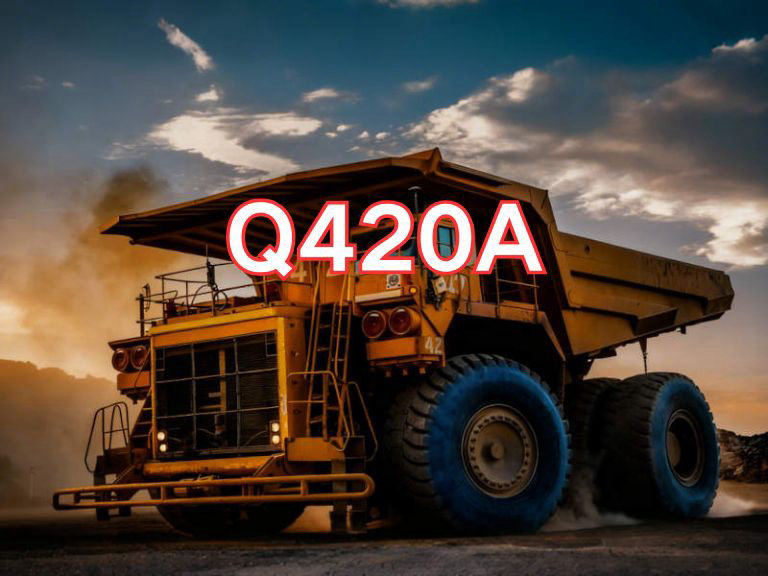

Q420A
Q420A is a high-strength low-alloy structural steel with high yield strength and excellent overall mechanical properties, suitable for engineering structures subjected to heavy loads and complex stress conditions. The designation is interpreted as follows: "Q" stands for yield strength (from the first letter of the Chinese pinyin "Qu"); "420" indicates a minimum upper yield strength of 420 MPa when the thickness is no more than 16 mm, significantly higher than Q355 and Q390 grades, offering superior load-bearing capacity and structural stability; "A" denotes the quality grade, indicating it is a standard quality level steel that does not require low-temperature impact testing—meaning impact toughness is not guaranteed. It is typically used in environments with moderate to high ambient temperatures and for static structures without severe impact or dynamic loading, where its room-temperature toughness still meets general engineering requirements.
Q420A steel plates are widely used in heavy machinery manufacturing, large-scale building structures, auxiliary bridge components, transmission towers, lifting equipment, mining machinery, ship components, and other welded structures where weight reduction and increased strength are needed. Due to its high strength, good weldability, and relatively reasonable cost, Q420A is often used to replace lower-strength steels such as Q355, enabling structural lightweighting and material savings. It is especially suitable for medium-to-high static load applications where high toughness is not a critical requirement.
Key features of Q420A include a balanced combination of high strength and good ductility, excellent weldability, and strong cold-forming and fabrication capabilities. Typically delivered in hot-rolled or controlled-rolled condition, the steel has fine grains and a uniform microstructure, making it suitable for mass production and on-site construction. Although low-temperature impact testing is not mandatory, the steel still provides adequate toughness and fatigue resistance under normal ambient conditions for most general heavy-duty applications.
The current applicable standard is GB/T 1591-2018, High-Strength Low-Alloy Structural Steels, published and implemented in 2018, replacing the previous GB/T 1591-2008. This updated standard clearly specifies the chemical composition, mechanical properties, carbon equivalent, yield-to-tensile strength ratio, and through-thickness properties for Q420A, improving compatibility with international standards such as EN 10025. It also sets maximum limits on carbon equivalent to ensure weld quality and structural safety.

Ultrasonic Testing (UT)
A key non-destructive testing technique that uses high-frequency sound waves to detect internal flaws in steel plates. The probe emits sound waves, which reflect when encountering defects such as cracks or inclusions. The receiver captures the echoes, enabling precise determination of defect location and size. With high sensitivity, strong penetration, and fast inspection speed, UT effectively ensures internal quality, widely used in the production of heavy plates, pressure vessel plates, and other high-end products to guarantee safety and reliability.

Magnetic Particle Testing (MT)
A common surface inspection method that magnetizes the workpiece, causing leakage magnetic fields at surface or near-surface defects like cracks or inclusions, which attract magnetic particles to form visible indications. Simple to operate and highly sensitive, MT is suitable for rapid inspection of surface and near-surface flaws in ferromagnetic materials, widely used for online or offline inspection of plate edges, ends, and welds, ensuring product quality and safety.

Penetrant Testing (PT)
A non-destructive method for detecting surface-breaking flaws. A penetrant liquid is applied to the cleaned steel surface, allowing it to seep into defects such as cracks or pores. After removing excess penetrant, a developer is applied, causing the trapped penetrant to bleed out and form visible indications. Simple and cost-effective, PT is suitable for inspecting surface defects in various non-porous materials, commonly used for welds, castings, and complex components, effectively ensuring surface quality of steel plates.

